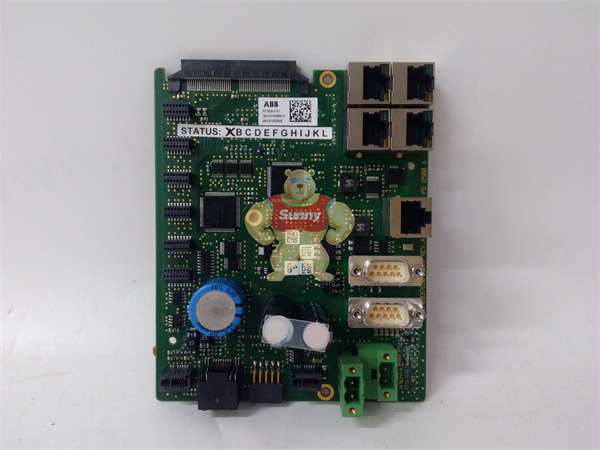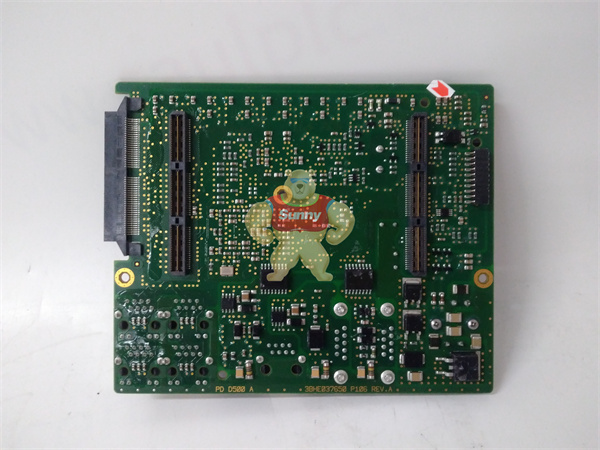In the “smart” production line of the Midea Kuka Intelligent Manufacturing Science Park, about 40 robots are born every day, and then sent to intelligent manufacturing factories across the country and even around the world.
This is not a movie of the future, but an intelligent reality that can be seen today.
As the largest robot production base in South China, Midea Kuka Intelligent Manufacturing Science Park has been officially put into use since 2019. As of the end of April this year, the park has produced and delivered more than 57,000 industrial robots, with a cumulative output value of nearly 10 billion yuan.
On May 30, the United States Kuka intelligent manufacturing Technology Park phase II (hereinafter referred to as “Kuka Phase II”) officially put into operation, Kuka China general manager Xu Guiyou introduced, with the full production of the park, the future planning robot production capacity of 80,000-100,000 units/year, will fully promote the localization of robot supply and support manufacturing automation, intelligence, digital transformation. Guangdong’s first “robot production robot” production line is here.
The landing of the robot industry is not only to accelerate on the emerging track, but also to rejuvenate the traditional advantageous industries in the region. In the view of Chen Feng and his team, Midea has built a good platform for Kuka to help the automation, digitalization and intelligent production line upgrading of Midea Group’s factories. At the same time, Kuka also empowers the development of Midea group, “We can see that since Midea acquired Kuka, Midea has added a lot of lighthouse factories.”
Photo: Jung Jun-bin
In addition to two-way empowerment, Midea and Kuka have also formed a strong alliance in the supply chain. Raw material procurement, including chips, under the unified procurement platform, the United States also helps Kuka robots to obtain a more competitive price.
Compared with the first phase, what are the new highlights of the “intelligent manufacturing” of Kuka Phase II? How to expand the “circle of friends” of robot manufacturing in the future, so that Foshan takes the lead in realizing the localization of robot supply chain, and makes up an important part of the research and development and supply of Guangdong robot industry chain? Recently, Nandu reporter interviewed Kuka China operations and human resources Director Chen Feng.

PDD500A101 3BHE037649R0101

PDD500A101 3BHE037649R0101
Photo: Jung Jun-bin
Nandu: Compared with the first phase, what are the new highlights of “intelligent manufacturing” in Kuka Phase II?
Chen Feng: Compared with the first phase, Kuka Phase II achieved three breakthroughs. The first is a breakthrough in automation. The first phase mainly relies on artificial manufacturing robots, and the second phase is to achieve “robot production robots”, and the production line is completely unmanned, and only a few employees are required to carry out data monitoring in the periphery. Kuka Shunde fully automated production line is the first “robot production robot” production line in Guangdong. The production line invested about 20 million yuan, the purpose is to create a replicable, first-class level of automatic robot production line, enabling the manufacturing industry.
The entire line length is 35 meters, and the whole line uses 12 Kuka robots, 6 Kuka AMR cars, and 5 Kuka seventh axis tracks. Automation and intelligence are the biggest advantages of this production line, and the production capacity of the automated production line has been increased by 50% per shift, and the working hour efficiency has been increased by more than 30%. With this smart production line, about 40 robots can be rolled off the line every day, one every 30-40 minutes. The compatibility of this production line is strong, and an automated production line can produce multiple models of robots with different loads and different arm spans.
The second breakthrough is the localization of core component development and manufacturing. In the first phase of Kuka, all the parts are purchased and assembled and produced in the final assembly workshop, so the production cycle is longer. In the second phase, 85% of the future core components will be manufactured in the park, making the supply chain safer and more efficient.
The third breakthrough is the industrial layout of heavy and light load robots. The first phase mainly produces heavy-duty robots, with few light-load robots. The second phase will release more capacity, with an estimated annual output of 80,000 to 100,000 robots, which will provide more space for the production of light-load robots. In other words, it will change from a heavy-duty robot to an industrial layout with heavy and light-duty robots.
Nandu: From the current application scenarios and solutions, what are the upgrades and new research and development achievements of Kuka Robot in its own products and technologies?
Chen Feng: Automotive is the traditional area of strength of Kuka, while our electronics, logistics, 3C, heavy industry, electronics, medical and consumer goods industries are growing very fast, need more lightweight robots, fast speed, high precision. In the future, Kuka China will continue to make efforts in the non-traditional automotive industry.
Launch solutions for industry pain points. There is a growing shortage of welders, for example, and the profession itself is damaging to the body. This year, Kuka recently launched the KR CYBERTECH Series Edition robot for the general industry, which is an expansion of last year’s arc welding robot series. If the lithium battery is getting bigger and bigger, it needs more and more heavy loads, so we launched the KR FORTEC ultra heavy robot with a rated load of 480-800kg.
 1 Year Warranty
1 Year Warranty





